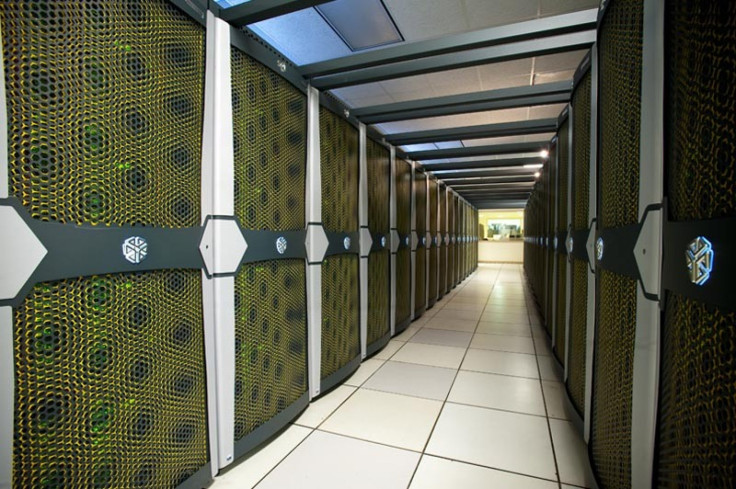NASA Creates One of the World’s Fastest Supercomputers

NASA announced its supercomputer, named Pleiades, is one of the fastest in the world ranking seventh overall in a list of 500.
The organization announced the achievement at the 26th International Supercomputing Conference in Hamburg, Germany. The supercomputer is located at NASA's Ames Research Center in Moffett Field, Calif. It supports 1,000 active users around the country working on aeronautics information from the solar system, Earth and universe.
We're really excited that Pleiades delivered nearly 83 percent of the theoretical peak performance, said Rupak Biswas, chief of the NASA Advanced Supercomputing (NAS) Division at Ames. This means our science and engineering users get extremely efficient use of their computing time on the system. Reaching the sustained petaflop per second rate is a significant milestone for NASA and its industry partners.
NASA has been able to expand Pleiades performance since last June. It added 14 SGI Altix ICE 8400 systems, allowing Pleiades to contain Intel Xeon quad- and hex-core processors . The 111,104 cores in 182 racks can run at a theoretical peak of approximately 1.32 quadrillion floating point operations, or calculations, per second. Using an industry standard, it runs at 1.09 petaflop per second.
The supercomputer runs on three generations of Intel-based processors with varying memory per core across two generations of InfiniBand technology. The supercomputer was installed in 2008 and has since run large-scale projects such as gaining insight into Earth's ocean and climate variability; reducing harmful emissions from aircraft; and designing future vehicles for planetary and space exploration.
Follow Gabriel Perna on Twitter at @GabrielSPerna
© Copyright IBTimes 2024. All rights reserved.





















